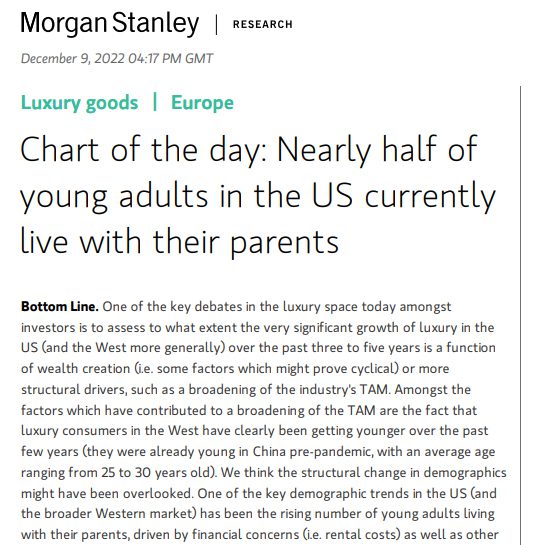High Cost of Living Breeds Selective Belt-Tightening

Everywhere you turn these days, impacts from the high cost of living seem to bombard your senses.
Whether it’s small businesses, single moms, CFOs or retirees in the spotlight, chances are they are worried about inflation and the economy and taking measures to protect their proverbial castle from this unsparing external threat.
Everyone is either trimming down or trading down in hopes of saving a few bucks.
“What we’ve seen over the last couple of quarters is that a lot of our growth is being driven by customers with more than $100,000 in household income,” Walmart CEO Doug McMillon said last week on the sidelines of a global economic summit in Atlanta. “That’ll probably still be the case for some time as people are even more price sensitive,” he added.
Those comments are consistent with the latest PYMNTS and LendingClub paycheck-to-paycheck report that shows the number of Americans now living under this tight budget condition hit 63% in November, a stat that was fueled by a four-percentage-point jump in high-income households whose ranks rose to 47%.
Cost Cutting Becomes Fashionable
It’s not just consumers that are scaling back, as scores of the country’s largest companies are also currently hustling to raise cash, cut costs and let people go. Even high-end luxury designer Oscar de la Renta said this week that it was sticking with its Amazon partnership for the time being instead of splurging on a pricey New York Fashion Week runway show in its hometown.
“Our industry has a problem keeping up with the Joneses,” Alex Bolen, the CEO of Oscar de la Renta told the FT. “I have no business spending that kind of money on a fashion show to sell clothes,” he added while mentioning the brand’s intention to stick with its Amazon Luxury campaign.
“Is Amazon exactly the right venue for luxury fashion? I’m not sure,” Bolen said in the report. “But we have to experiment with new ways to get our story out.”
New Ways to Save
It is amidst this backdrop, in a week that saw inflation slide but remain ruinously high, that witnessed retail sales tumble as consumers bailed on buying big-ticket items in favor of groceries, and the Federal Reserve signed off on its 7th consecutive rate increase, belt-tightening was literally everywhere.
That is, except for the 50% of 18 to 29 year olds who are currently living rent-free with their parents.
Yes, you read that right, but as the Ronco Man used to say, but wait, there’s more.

“We believe that the trend benefits discretionary spending. When young adults free up their budget for daily necessities (e.g. rent and grocery), they simply have more disposable income to be allocated to discretionary spending,” the Morgan Stanley Chart of the Day research note stated.
But rather than directing this parentally-provided life subsidy towards a savings account or paying down student debt, credit cards or car loans, this anti-belt-tightening demographic heads to the mall instead.
But not just to any old store, the report reveals, these young austerity contrarians take their buying-power and head straight to the high-end and treat themselves to some pricey luxury and designer goods.
“We see it as fundamentally positive for the [luxury retail] industry,” the report said, noting that this new living arrangement trend is not unique to the U.S. and is also at its highest since the Great Depression.
In short, it’s belt-tightening for thee, but not for me … unless, of course, it’s this $420 Gucci belt, then we’re all ears.
